Home>Furniture & Design>Interior Design Trends>What Industry Is Home Decor
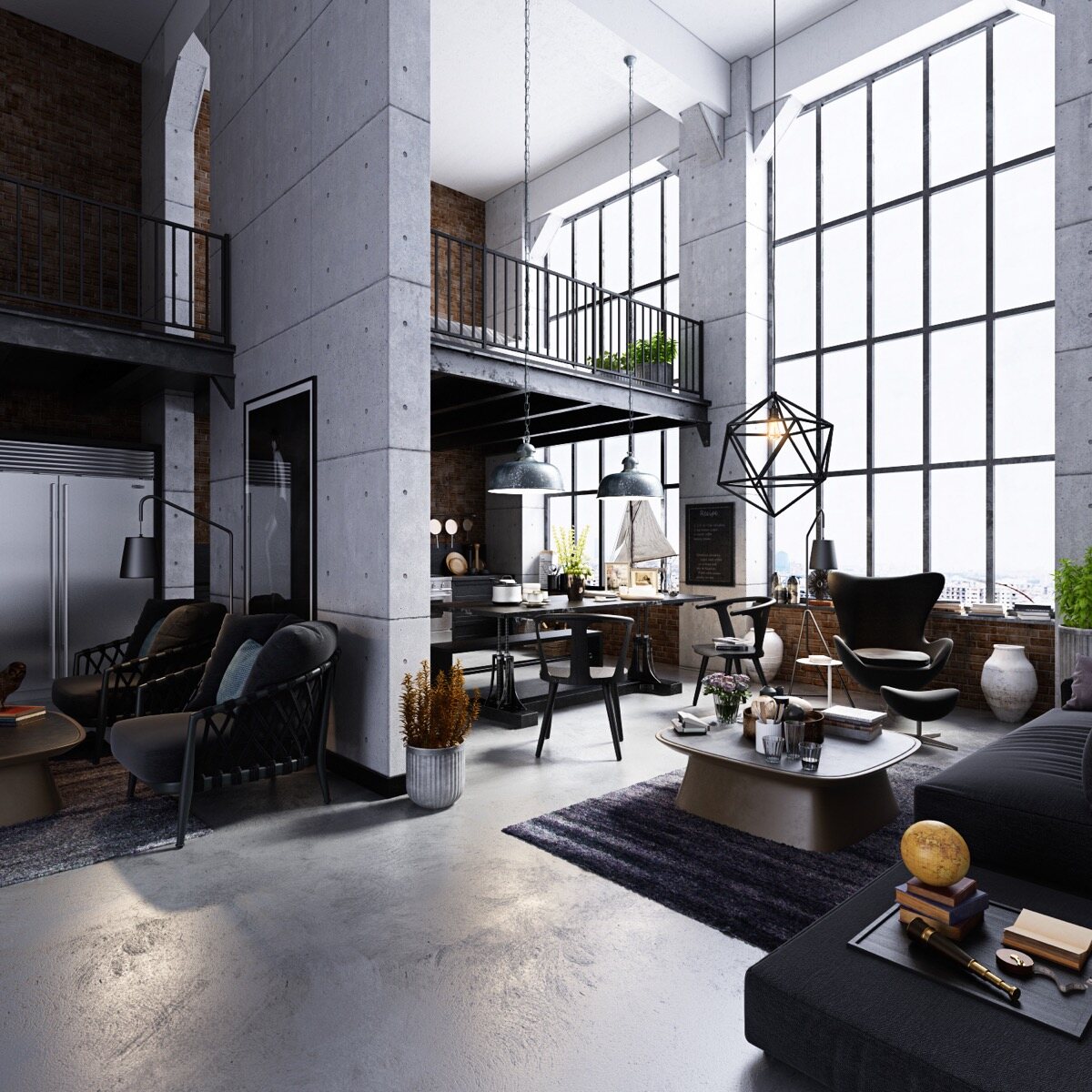

Interior Design Trends
What Industry Is Home Decor
Modified: October 20, 2024
Discover the latest interior design trends and innovations in the home decor industry. Stay updated with the newest trends in home design and decoration. Explore the best ideas for creating a stylish and functional living space.
(Many of the links in this article redirect to a specific reviewed product. Your purchase of these products through affiliate links helps to generate commission for Storables.com, at no extra cost. Learn more)
**
Introduction
**
Welcome to the captivating world of home decor, where creativity meets functionality and design intertwines with personal expression. The home decor industry is a vibrant and ever-evolving realm that encompasses a myriad of products, styles, and trends, catering to the diverse tastes and preferences of homeowners and interior enthusiasts.
Home decor is not merely about furnishing a space; it's a reflection of individuality, a means of creating a harmonious environment, and a way to infuse a touch of personality into every nook and cranny of a living space. Whether it's the cozy warmth of a rustic farmhouse aesthetic, the sleek elegance of modern minimalism, or the timeless allure of traditional decor, each style speaks volumes about the occupants and their unique sensibilities.
In this article, we will delve into the multifaceted landscape of the home decor industry, exploring its definition, the array of products it encompasses, the latest trends shaping the market, the key players driving innovation, and the challenges and opportunities that define its trajectory. So, fasten your seatbelts as we embark on a journey through the enchanting realm of home decor, where beauty, functionality, and creativity converge to transform houses into homes.
Key Takeaways:
- The home decor industry is a vibrant world of creativity and personal expression, offering a wide range of products and styles to transform houses into personalized and inviting homes.
- Industry trends focus on sustainability, artisanal craftsmanship, and technology integration, while challenges like market saturation and supply chain disruptions present opportunities for digital transformation and personalized experiences.
Read more: What Is Industrial Home Decor
Definition of Home Decor
Home decor, short for home decoration, encompasses the art and science of enhancing the interior of a living space to achieve a more aesthetically pleasing and functional environment. It involves the strategic placement of furniture, accessories, color schemes, lighting, and other elements to create a cohesive and inviting atmosphere that reflects the inhabitants’ tastes and lifestyle.
At its core, home decor is about infusing personality and character into a space, transforming it into a sanctuary that nurtures comfort, creativity, and well-being. It goes beyond mere ornamentation, as it influences the flow of energy, the mood of the occupants, and the overall ambiance of the home.
Home decor is a versatile art form that encompasses various styles, from classic and traditional to contemporary and eclectic. It embraces a wide range of design elements, including furniture, textiles, wall art, lighting fixtures, decorative accents, and flooring, all of which contribute to the overall visual and tactile experience of a space.
Furthermore, home decor extends to outdoor areas, as the design and embellishment of patios, gardens, and balconies play a pivotal role in creating a seamless transition between indoor and outdoor living spaces.
Ultimately, home decor is a deeply personal and expressive endeavor, allowing individuals to curate their surroundings in a way that resonates with their sensibilities and aspirations. It is a celebration of creativity, innovation, and the art of making a house feel like a home.
Home Decor Industry Overview
The home decor industry is a dynamic and flourishing sector that encompasses a wide array of businesses, from furniture manufacturers and interior design firms to retailers and e-commerce platforms. It is a vital component of the larger home goods market, which includes everything from furnishings and textiles to kitchenware and decorative accessories.
With the growing emphasis on personalized living spaces and the increasing influence of social media and home improvement shows, the home decor industry has experienced a surge in demand for innovative and stylish products that cater to diverse consumer preferences. This has led to a proliferation of design-forward brands, artisanal craftsmen, and sustainable home decor options, offering consumers an unprecedented range of choices to elevate their living environments.
The industry’s landscape is characterized by a blend of traditional brick-and-mortar retailers, online marketplaces, and direct-to-consumer brands, each vying to capture the attention of discerning homeowners and interior enthusiasts. Additionally, the rise of eco-conscious and socially responsible practices has prompted many companies to prioritize sustainability, ethical sourcing, and eco-friendly production methods, aligning with the growing awareness of environmental impact and ethical consumerism.
Moreover, technological advancements have revolutionized the way consumers interact with home decor products, with virtual reality, augmented reality, and 3D visualization tools enabling individuals to preview and customize their living spaces with unprecedented accuracy and convenience.
As the home decor industry continues to evolve, it has become increasingly intertwined with the broader lifestyle and wellness sectors, acknowledging the profound impact of interior environments on mental well-being, productivity, and overall quality of life. This holistic approach has spurred collaborations between home decor brands and wellness experts, resulting in products and designs that prioritize comfort, tranquility, and holistic living.
With its fusion of creativity, commerce, and personal expression, the home decor industry remains a vibrant and influential force, shaping the way we inhabit and interact with our living spaces.
Types of Home Decor Products
The home decor market offers an extensive range of products designed to enhance and personalize living spaces, catering to diverse tastes, lifestyles, and design preferences. From functional furniture pieces to decorative accents, the variety of home decor products is as vast and eclectic as the spectrum of interior styles they complement. Here are some of the key categories that define the landscape of home decor:
- Furniture: Furniture serves as the foundation of interior design, encompassing sofas, chairs, tables, beds, and storage units. From classic designs to contemporary innovations, the furniture category offers a multitude of options to suit different spatial requirements and aesthetic sensibilities.
- Textiles: Textiles play a pivotal role in home decor, encompassing a wide array of products such as rugs, curtains, cushions, and throws. These items not only add visual and tactile warmth to a space but also contribute to the overall ambiance and comfort.
- Wall Art and Decor: From paintings and prints to wall sculptures and decorative mirrors, wall art and decor pieces serve as focal points that imbue personality and style into a room. They offer a means of expressing individuality and can significantly influence the visual dynamics of a space.
- Lighting: Lighting fixtures, including chandeliers, pendants, table lamps, and floor lamps, are essential elements of home decor, providing illumination while also contributing to the aesthetic appeal of a room. The interplay of light and shadow can transform the ambiance and functionality of a space.
- Decorative Accents: Small yet impactful, decorative accents encompass a diverse array of items such as vases, sculptures, candles, and figurines. These details add character and charm to a room, serving as finishing touches that complete the overall design scheme.
- Outdoor Decor: Outdoor spaces are an extension of the home, and as such, outdoor decor products, including patio furniture, planters, and outdoor lighting, play a crucial role in creating inviting and functional exterior environments.
These categories represent a fraction of the expansive repertoire of home decor products available, each contributing to the art of transforming a house into a personalized and visually captivating home.
Home Decor Industry Trends
The home decor industry is a dynamic arena shaped by ever-evolving trends that influence consumer preferences, design innovations, and market dynamics. Staying attuned to these trends is crucial for industry players and homeowners alike, as they offer insights into the direction of design, aesthetics, and consumer behavior. Here are some of the prominent trends currently shaping the home decor landscape:
- Sustainability and Eco-Friendly Design: With a growing emphasis on environmental consciousness, sustainable materials, and eco-friendly production methods have become integral to home decor trends. Consumers are increasingly seeking products that minimize environmental impact and promote ethical sourcing and manufacturing practices.
- Biophilic Design: Inspired by the innate human connection to nature, biophilic design integrates natural elements, such as indoor plants, natural materials, and ample natural light, to create harmonious and rejuvenating living spaces. This trend reflects a desire to bring the outdoors inside, fostering a sense of tranquility and well-being.
- Artisanal Craftsmanship: There is a resurgence of appreciation for artisanal craftsmanship and handmade products, as consumers seek unique, one-of-a-kind pieces that showcase authenticity and cultural richness. Artisanal decor items, including handcrafted ceramics, textiles, and woodworking, add a distinctive touch to interiors.
- Multifunctional and Adaptive Furniture: As urban living spaces continue to evolve, there is a demand for multifunctional furniture that maximizes utility and versatility without compromising style. Modular and adaptable furniture designs cater to the need for flexibility and space optimization.
- Global and Cultural Influences: The infusion of global and cultural influences in home decor reflects a celebration of diversity and heritage. From Moroccan-inspired textiles to Japanese minimalism, embracing diverse design traditions adds depth and richness to interior spaces.
- Technology Integration: The integration of smart home technology and innovative design solutions is reshaping the home decor landscape. From smart lighting systems to voice-activated assistants and automated home appliances, technology is seamlessly blending with home decor, enhancing convenience and connectivity.
These trends underscore the dynamic nature of the home decor industry, showcasing the fusion of tradition and innovation, sustainability and style, and the enduring quest for spaces that inspire and resonate with the human experience.
The home decor industry encompasses a wide range of products and services, including furniture, lighting, textiles, and accessories for interior design and decoration. It also includes home improvement and renovation services.
Read more: What Industry Is Landscaping In
Factors Affecting the Home Decor Industry
The home decor industry is influenced by a myriad of factors that shape its trajectory, from consumer behaviors and lifestyle shifts to technological advancements and economic dynamics. Understanding these influential factors is essential for industry stakeholders to adapt, innovate, and respond to the evolving needs of the market. Here are some key factors affecting the home decor industry:
- Consumer Preferences and Lifestyle Changes: Changing consumer preferences, influenced by demographic shifts, societal trends, and lifestyle choices, significantly impact the demand for specific home decor styles, products, and functionalities. For instance, the rise of remote work has fueled the need for home office solutions and ergonomic furniture.
- Technological Advancements: Technological innovations, including e-commerce platforms, virtual reality tools, and smart home integration, have transformed the way consumers discover, visualize, and purchase home decor products. The seamless convergence of technology and home decor has reshaped the consumer experience and market accessibility.
- Economic Conditions and Market Trends: Economic fluctuations, housing market trends, and consumer spending patterns directly influence the purchasing power and investment decisions related to home decor. Market conditions, such as interest rates, housing starts, and disposable income, play a pivotal role in shaping industry performance.
- Social and Cultural Influences: Societal movements, cultural shifts, and global events contribute to the evolution of design trends, color palettes, and thematic inspirations within the home decor landscape. Social media, in particular, has become a powerful influencer, shaping design aspirations and fostering trends through visual platforms.
- Sustainability and Ethical Considerations: The growing emphasis on sustainability, ethical sourcing, and responsible consumption has prompted a shift towards eco-friendly materials, ethical production practices, and transparent supply chains within the home decor industry. Consumers are increasingly mindful of the environmental and social impact of their home decor choices.
- Demographic Dynamics: Demographic factors, such as generational preferences, household compositions, and urbanization trends, influence the demand for specific home decor products and spatial configurations. Understanding the diverse needs of different demographic segments is crucial for product development and marketing strategies.
These factors collectively underscore the intricate interplay of consumer behavior, market dynamics, and societal influences that shape the home decor industry, highlighting the need for adaptability, innovation, and a deep understanding of the ever-evolving market forces.
Key Players in the Home Decor Industry
The home decor industry is propelled by a diverse array of key players, ranging from established brands and retailers to emerging disruptors and design innovators. These entities contribute to the vibrancy and evolution of the industry, offering a wide spectrum of products, design solutions, and market influence. Here are some of the prominent players shaping the home decor landscape:
- Global Retail Giants: Major retail chains and e-commerce platforms, such as IKEA, Wayfair, and Amazon Home, wield significant influence in the home decor market, offering an extensive range of products, competitive pricing, and expansive market reach.
- Specialty Home Decor Brands: Niche and specialty brands, including West Elm, Anthropologie, and CB2, focus on curated collections, design-forward aesthetics, and unique offerings that cater to specific design sensibilities and lifestyle preferences.
- Artisanal and Handcrafted Creators: Artisans, independent craftsmen, and small-scale creators play a vital role in the home decor industry, offering handmade and bespoke products that celebrate craftsmanship, authenticity, and cultural heritage.
- Interior Design Firms and Studios: Interior design firms and studios, such as Studio McGee and Kelly Wearstler Studio, influence the industry through their design projects, product collaborations, and trend-setting aesthetics, shaping the direction of interior styling and decor concepts.
- Home Goods Manufacturers: Manufacturers of home goods and decor products, including furniture makers, textile producers, and lighting manufacturers, form the backbone of the industry, supplying a diverse array of products to retailers and consumers.
- Direct-to-Consumer Disruptors: Emerging direct-to-consumer brands, such as Article and Floyd, are disrupting traditional retail models by offering high-quality, design-centric products directly to consumers, often leveraging digital platforms and streamlined distribution.
These key players, among others, contribute to the rich tapestry of the home decor industry, each bringing a distinct perspective, design ethos, and market impact that collectively shape the ever-evolving landscape of interior design and home decor.
Challenges and Opportunities in the Home Decor Industry
The home decor industry is characterized by a blend of challenges and opportunities that define its competitive landscape and potential for growth and innovation. Navigating these dynamics is essential for industry participants to adapt, thrive, and capitalize on emerging trends. Here’s a closer look at the challenges and opportunities within the home decor industry:
- Challenges:
- Market Saturation: The home decor market faces saturation, with an abundance of brands and products vying for consumer attention. Standing out in a crowded market requires differentiation and compelling value propositions.
- Supply Chain Disruptions: Global supply chain disruptions, including material shortages and logistical challenges, have posed operational hurdles for home decor businesses, impacting production timelines and inventory management.
- Sustainability Imperatives: Meeting sustainability standards and ethical sourcing requirements presents a challenge for industry players, necessitating investments in eco-friendly practices and transparent supply chains.
- Design Innovation: Continuously innovating and staying ahead of design trends while balancing functionality and aesthetics is a persistent challenge, requiring a keen understanding of consumer preferences and evolving lifestyles.
- Competitive Pricing: Pricing pressures and the prevalence of discount-driven market strategies pose challenges for profitability and brand positioning, necessitating strategic pricing and value-based differentiation.
- Opportunities:
- Digital Transformation: Embracing e-commerce, digital marketing, and virtual design experiences presents opportunities for market expansion, consumer engagement, and accessibility to a global audience.
- Personalization and Customization: The demand for personalized and customizable home decor solutions offers opportunities for brands to create bespoke experiences, leveraging technology and consumer insights.
- Social Media and Influencer Partnerships: Collaborating with influencers and leveraging social media platforms provides avenues for brand exposure, trend amplification, and direct consumer engagement.
- Sustainability Leadership: Prioritizing sustainability and eco-conscious practices can be a differentiator, appealing to environmentally conscious consumers and aligning with ethical consumerism trends.
- Smart Home Integration: The integration of smart home technology and innovative home automation solutions presents opportunities for creating seamless and connected living environments, catering to modern lifestyles.
By addressing these challenges and capitalizing on the opportunities, the home decor industry can navigate market complexities, foster innovation, and meet the evolving needs and aspirations of consumers in an ever-changing global landscape.
Conclusion
The home decor industry is a captivating tapestry of creativity, innovation, and personal expression, weaving together design aesthetics, functional elegance, and individualized narratives within the spaces we call home. From the timeless allure of traditional decor to the sleek modernity of contemporary design, the industry continues to evolve, driven by a dynamic interplay of trends, challenges, and opportunities.
As consumers seek to infuse their living spaces with personality and purpose, the industry responds with a rich array of products, styles, and design solutions, reflecting a diverse tapestry of tastes, preferences, and lifestyles. The embrace of sustainability, artisanal craftsmanship, and technological integration underscores a commitment to holistic living, environmental stewardship, and innovative design practices.
Amidst the challenges of market saturation, supply chain complexities, and the imperative of sustainable practices, the industry finds opportunities in digital transformation, personalized experiences, and the convergence of design and technology. Collaborations with influencers, the rise of direct-to-consumer disruptors, and the exploration of smart home integration herald a future where creativity and connectivity converge to shape the homes of tomorrow.
Ultimately, the home decor industry is a testament to the enduring human desire for beauty, comfort, and self-expression, transcending mere ornamentation to become an integral part of our lived experiences. It is a celebration of individuality, a canvas for storytelling, and a reflection of the evolving tapestry of human aspirations and lifestyles.
As the industry continues to unfold its narrative, it invites us to embark on a journey of inspiration, transformation, and the art of making a house feel like a home.
Frequently Asked Questions about What Industry Is Home Decor
Was this page helpful?
At Storables.com, we guarantee accurate and reliable information. Our content, validated by Expert Board Contributors, is crafted following stringent Editorial Policies. We're committed to providing you with well-researched, expert-backed insights for all your informational needs.
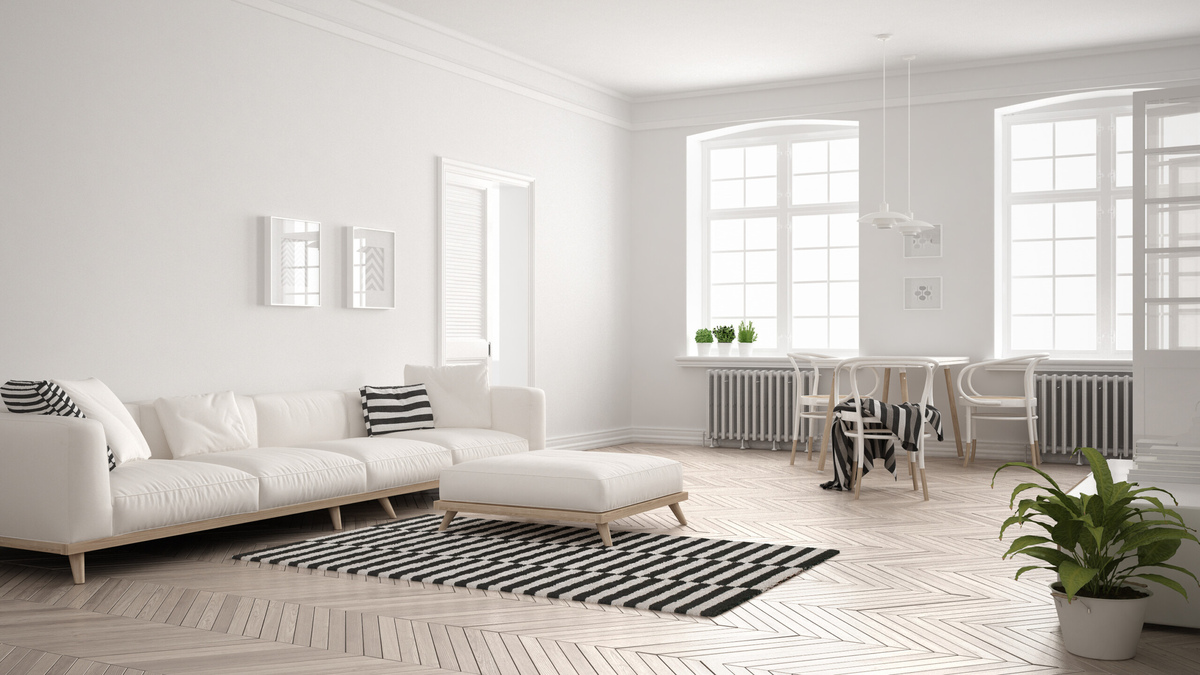
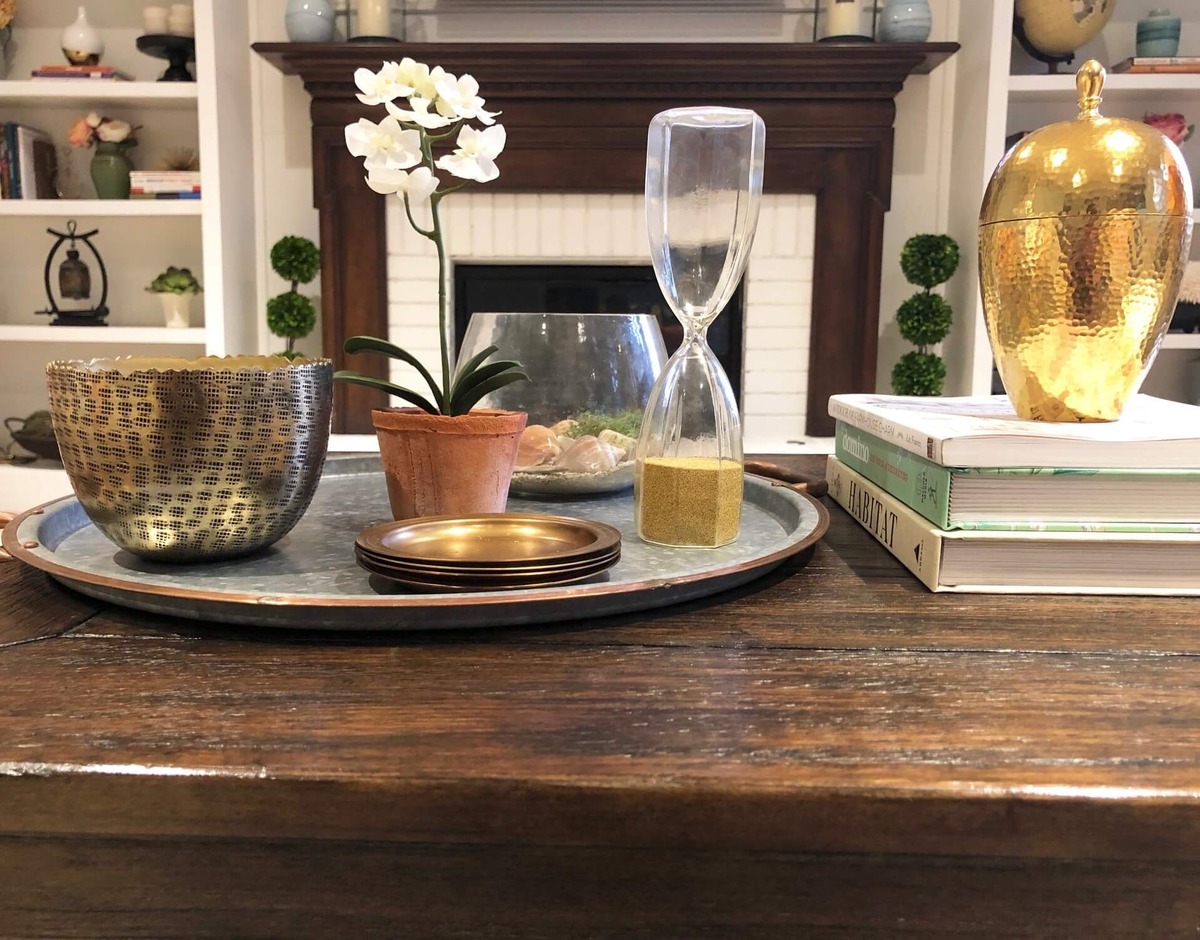
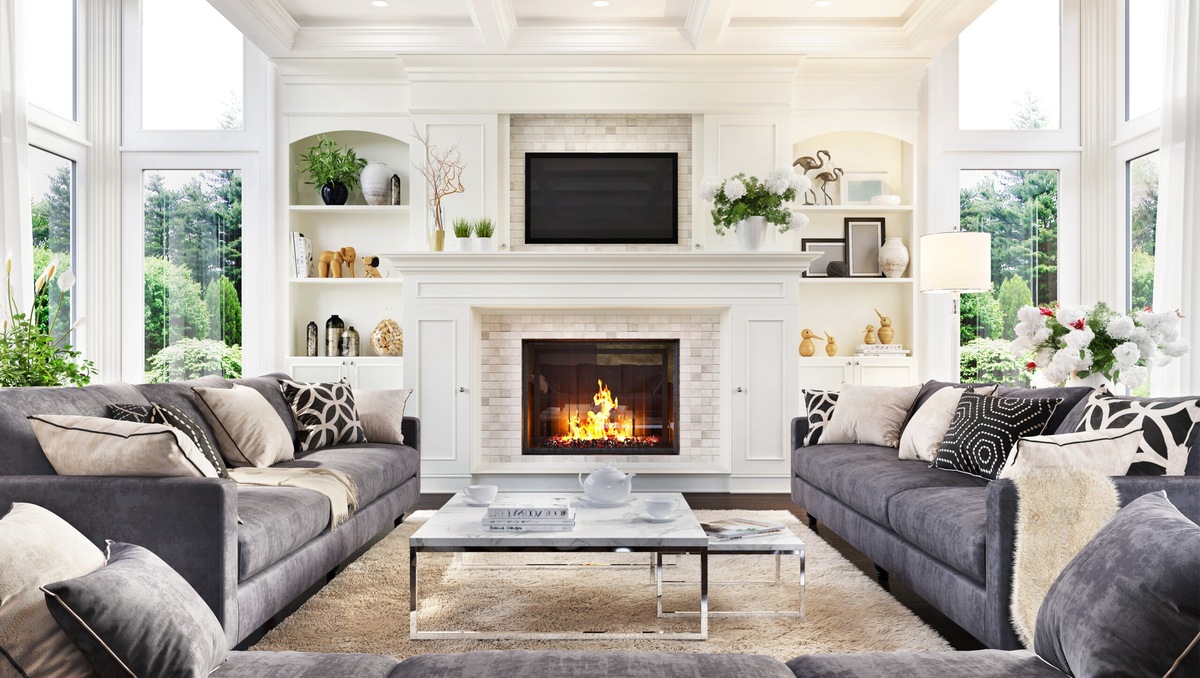

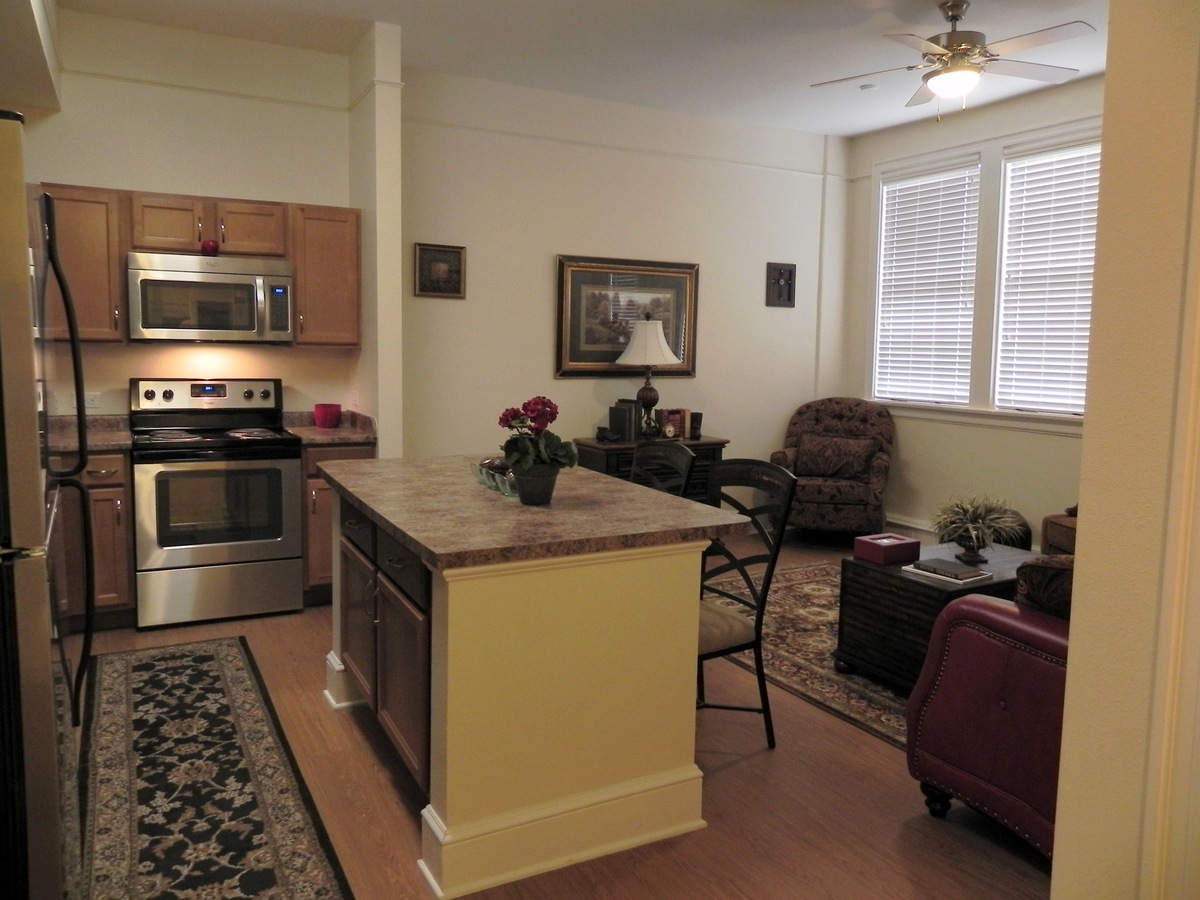

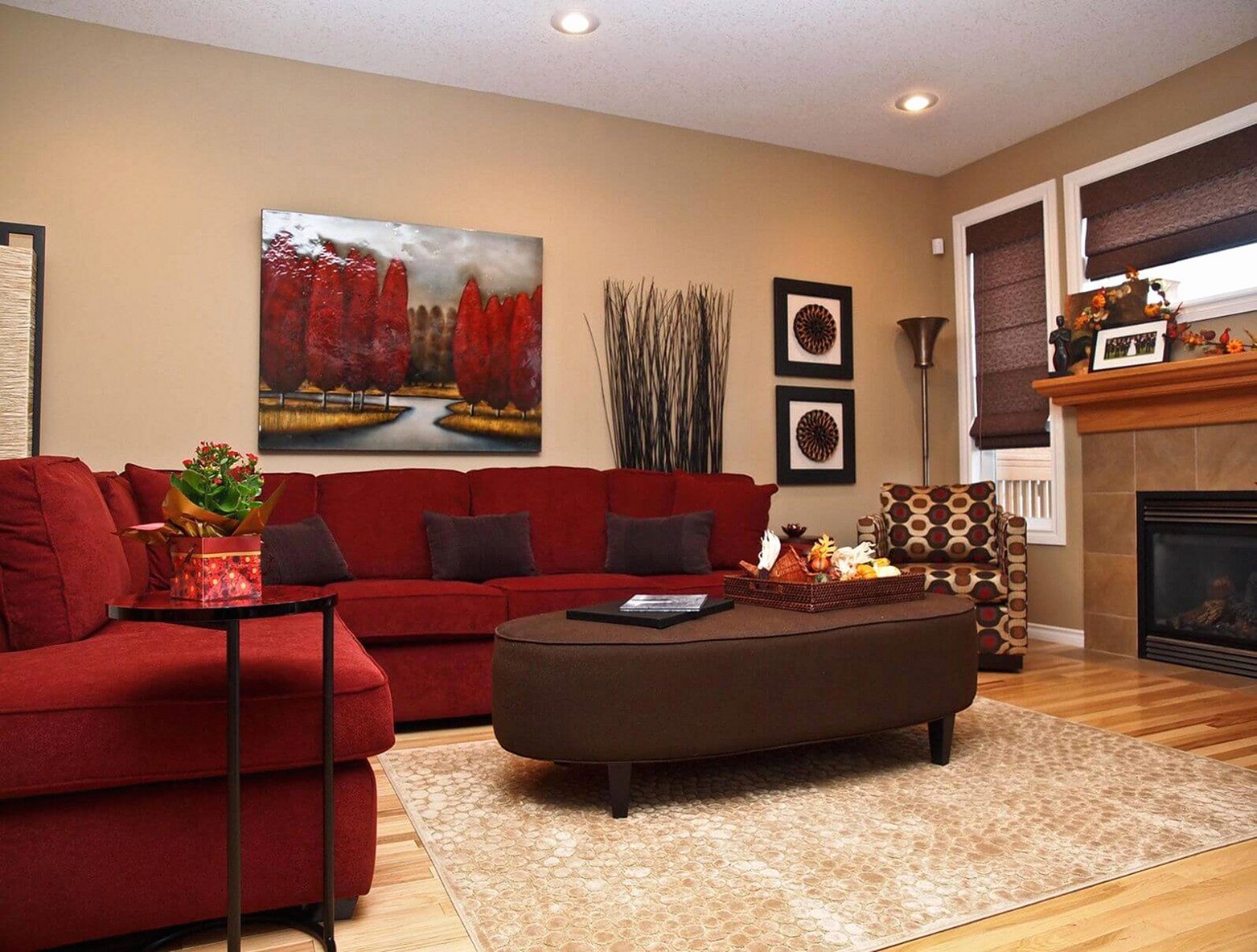
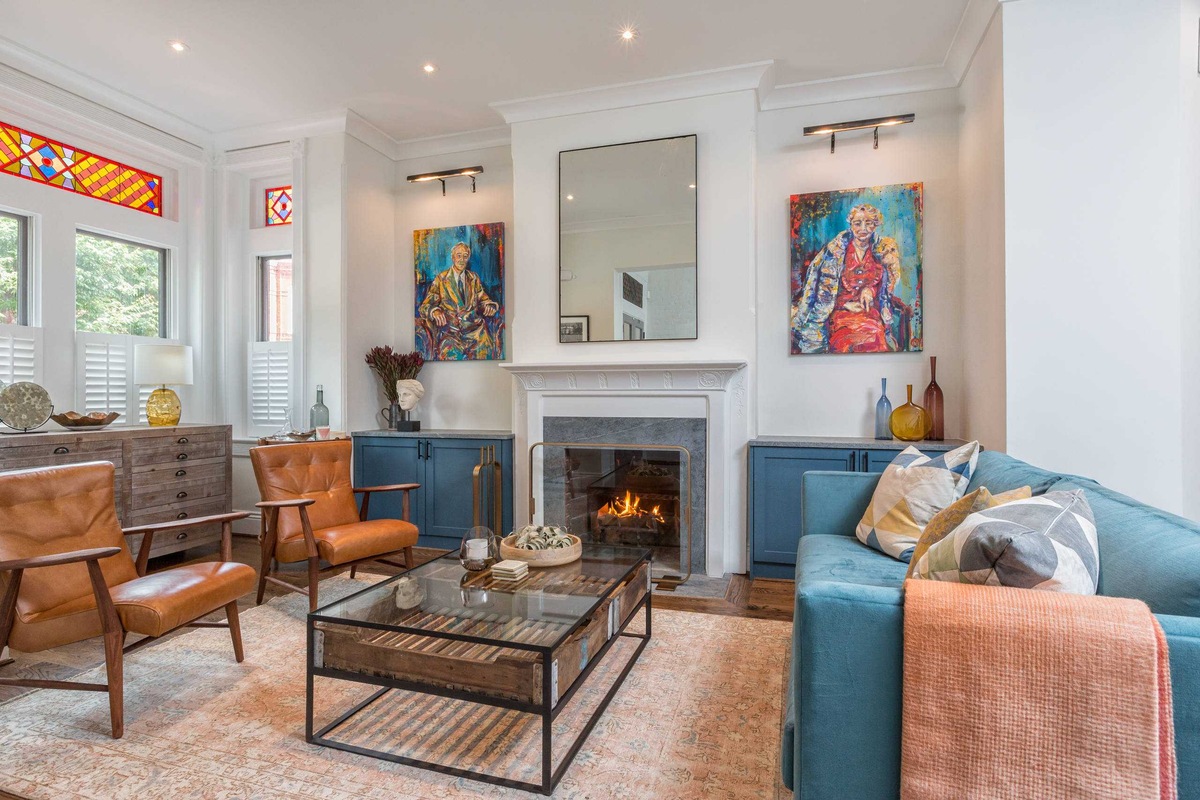
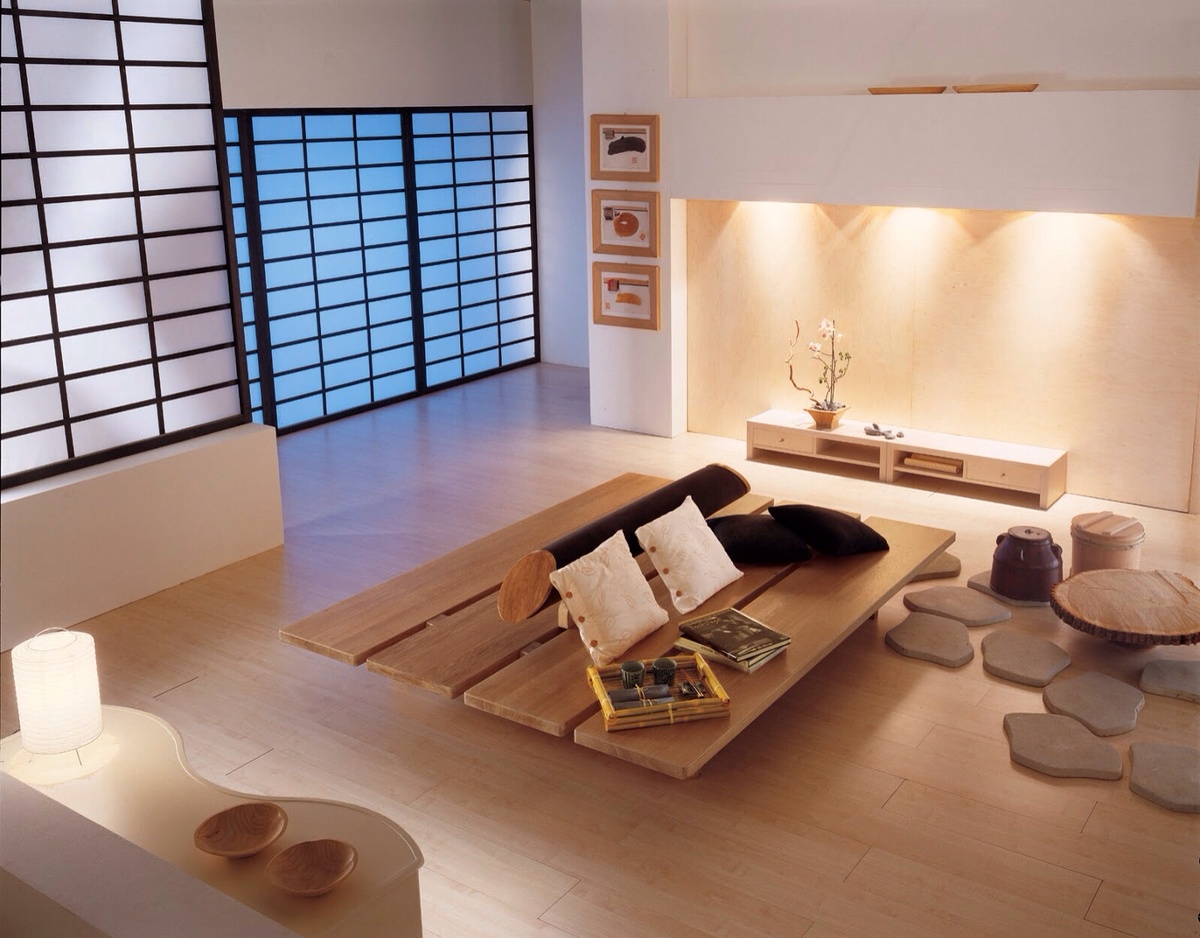
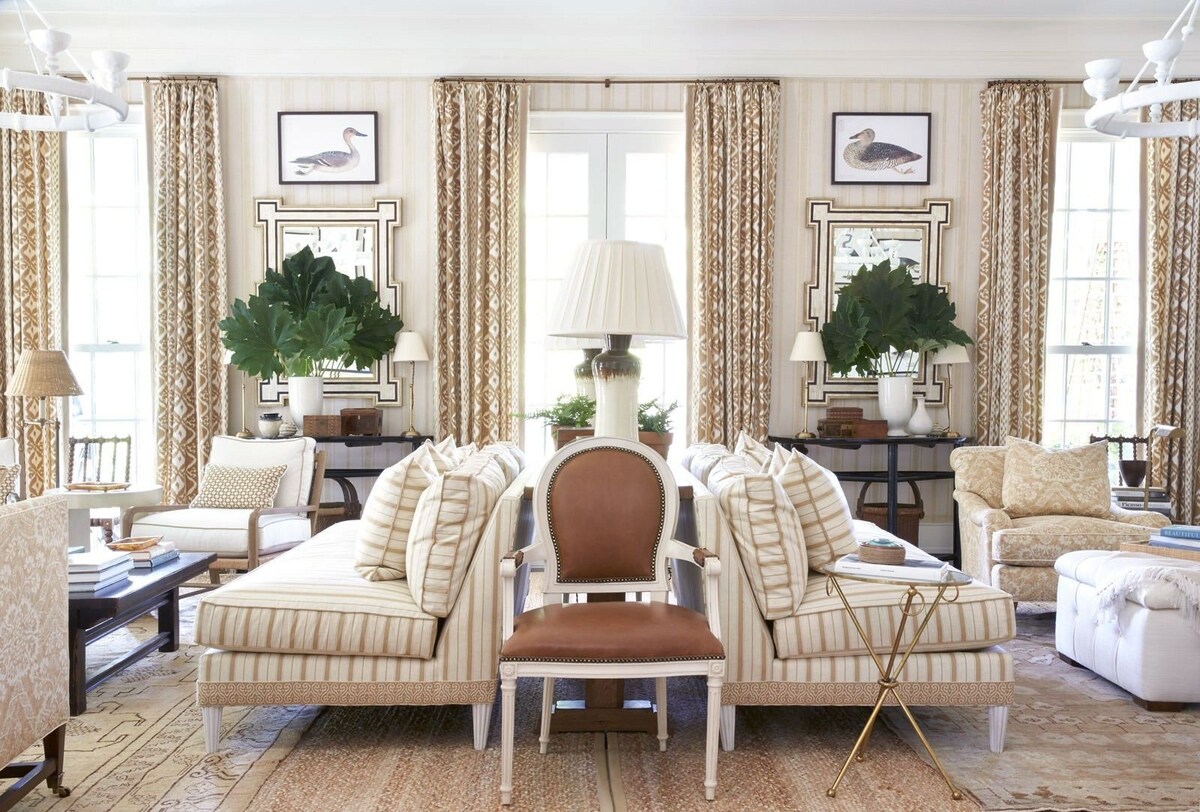
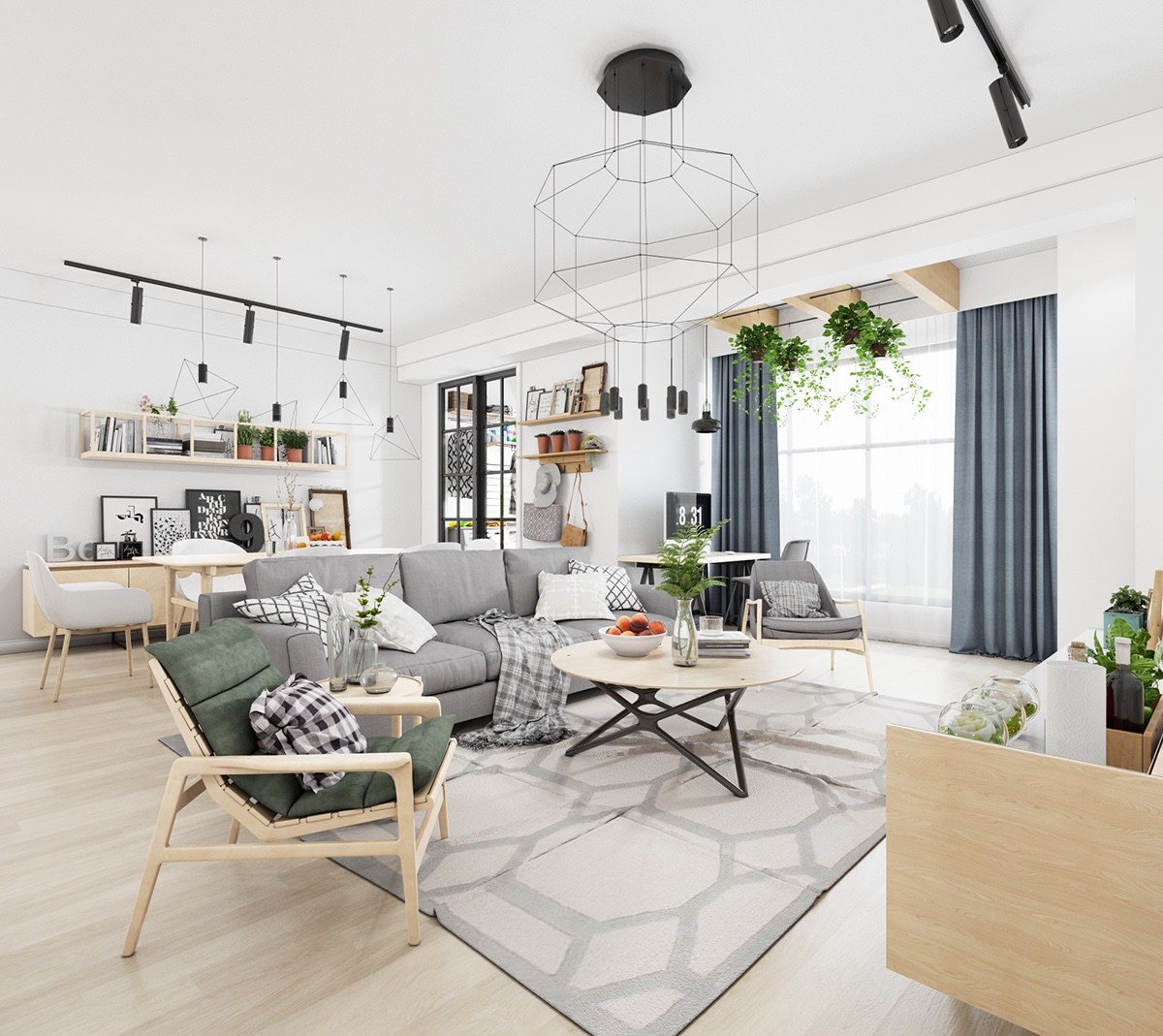

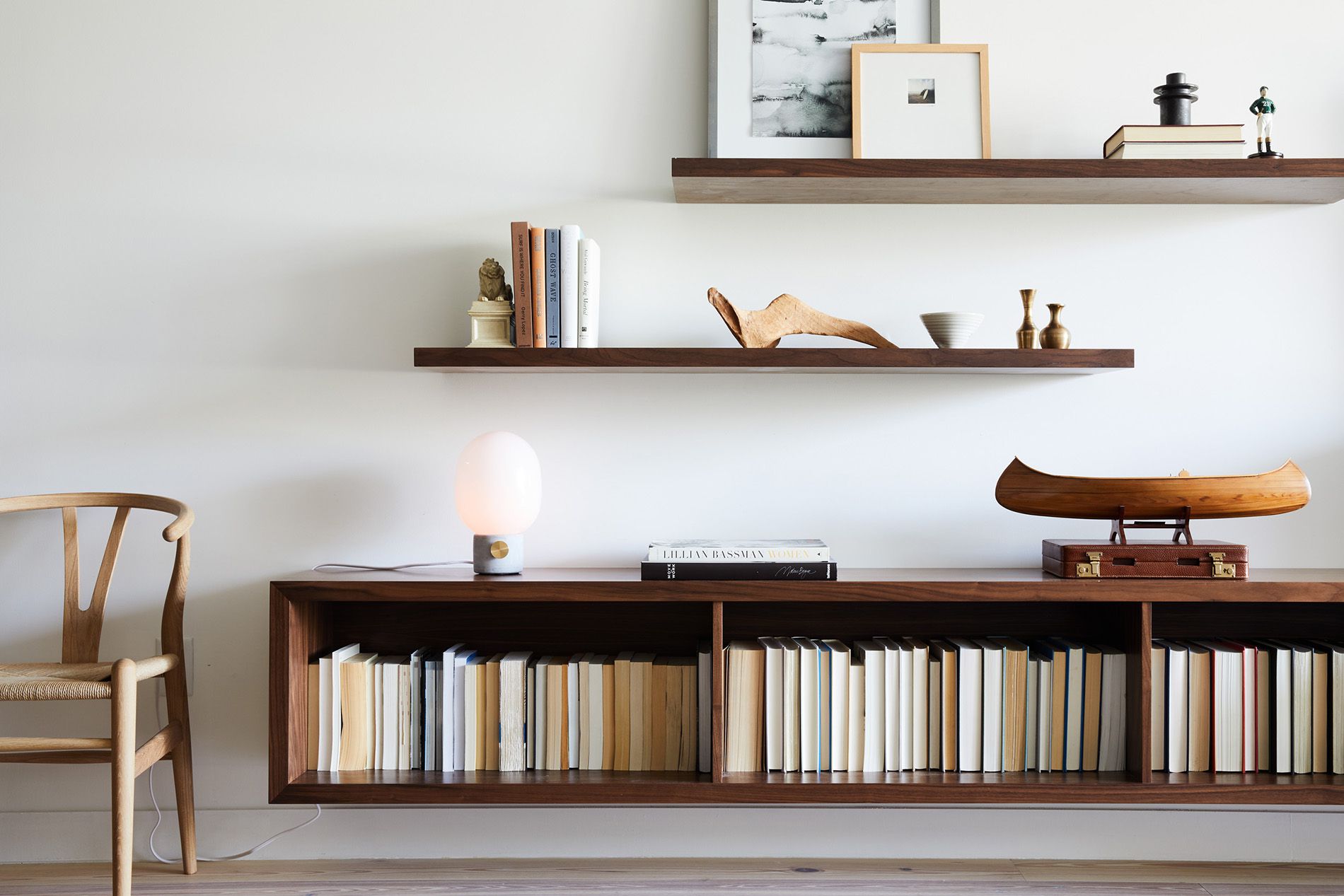


0 thoughts on “What Industry Is Home Decor”